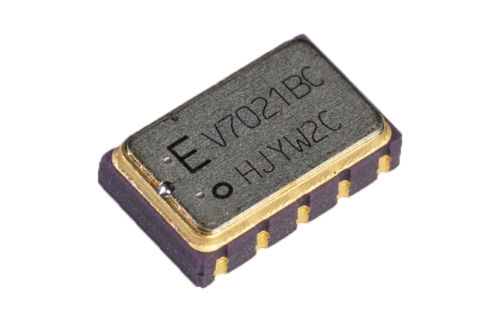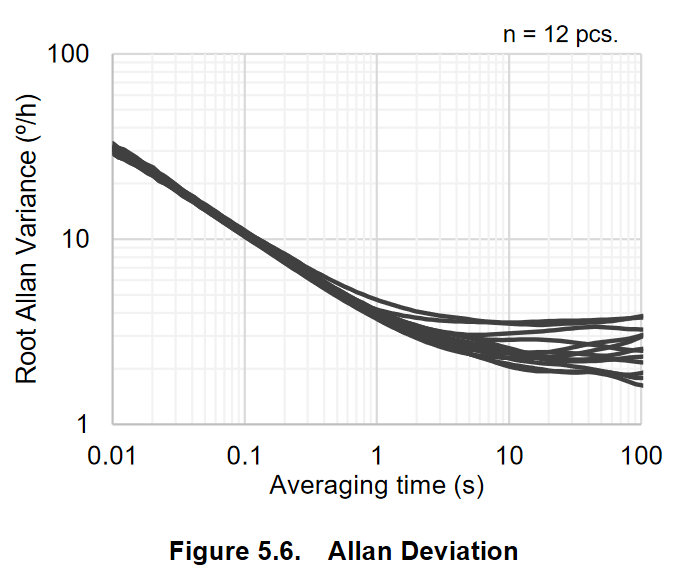After introducing Epson IMU sensors last week, we would like to take a closer look at Epson gyro sensors this week.
In applications where high stability, low sensitivity to disturbances and at the same time good signal to noise ratio are required, Epson’s gyroscope sensors show their strengths. Whether it is the stabilization of movement trajectories in the control of robotic applications in the industrial and home sectors or other applications that have the need for only one single axis.
disturbances and at the same time good signal to noise ratio are required, Epson’s gyroscope sensors show their strengths. Whether it is the stabilization of movement trajectories in the control of robotic applications in the industrial and home sectors or other applications that have the need for only one single axis.
If sensor fusion algorithms are already available, multi-axis systems can be supplied with excellent measurement signals e.g. by the XV70xx sensor family.
As an example we would like to introduce the XV7021BB. This gyro sensor offers a digital output that supports 16 bit and 24 bit resolution for reading the rotation rate. At room temperature the  bias tolerance is only +/-1°/s and has a temperature coefficient of only 0.0016 (°/s)/°C. The sensor has a very low inherent noise of 0.0015 (°s)/√Hz and an angular random walk of only 0.065°/√Hz, both are important parameters for the realization of long-term stable measurement values, for example for the exact determination of motion trajectories. These properties make the sensor ideal for e.g. autonomous lawn mowers, so that even with larger motion patterns the position error remains small. A first impression is given by the Allan Deviation plot shown on the left.
bias tolerance is only +/-1°/s and has a temperature coefficient of only 0.0016 (°/s)/°C. The sensor has a very low inherent noise of 0.0015 (°s)/√Hz and an angular random walk of only 0.065°/√Hz, both are important parameters for the realization of long-term stable measurement values, for example for the exact determination of motion trajectories. These properties make the sensor ideal for e.g. autonomous lawn mowers, so that even with larger motion patterns the position error remains small. A first impression is given by the Allan Deviation plot shown on the left.
With a current consumption of only 900µA in active operation, these sensors are particularly well suited for use in battery-powered devices that require high precision.
Gyro sensors can detect changes in rotation angle per unit of time. This makes it possible to detect values such as the direction of rotation, rotation angle, and vibration. Gyro sensors are found in smartphones, digital cameras, game consoles, car navigation systems, robots, industrial equipment, and wherever else features such as vibration detection, camera shake correction and attitude control are needed.
Advantages:

In the next newsletter we will introduce the last part of our series of Epson sensors – the very high sensitive accelerometers. Just get in contact with us about Epson’s full sensor portfolio today!